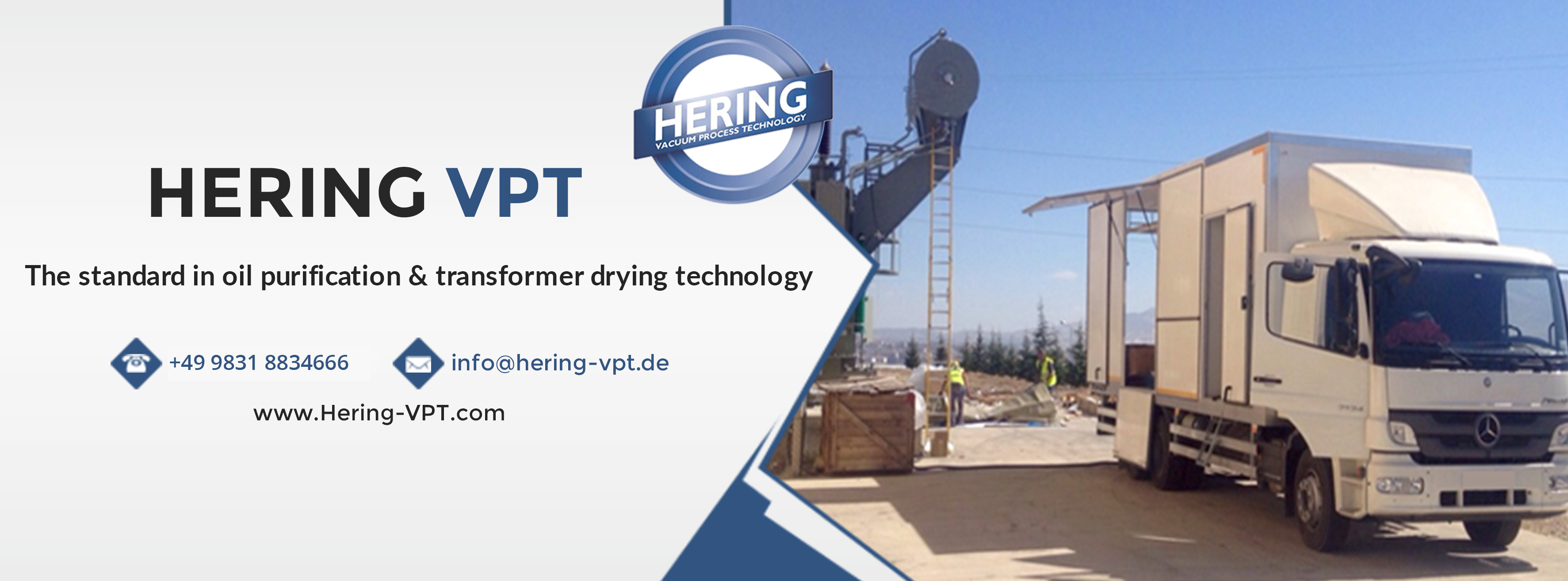
Transformer oil, the driving force of efficient functioning of transformers, has innate attributes which can be restored even after contamination. This rules out frequency of expenses in replacing the insulating fluid and also guides in designing the apparatus that treats contamination and restores functionality.
The evident importance of transformer in the power industry and the vitality of power by itself in the modern world insist importance of transformer oil restoration. Even slight carelessness in transformer oil inspection and maintenance would result in transformer failure, huge repair costs and safety risks. Alertness would avoid transformer replacement expenses and enhance life of transformers. To optimize results from transformers, purification of transformer oil is inevitable.
High vacuum transformer oil filtration machine is efficient in working on oil contamination and restoring as good as new attributes of the oil. The machine is comprised of inlet pump, filters, heaters, ionic reaction column, degassing and dehydration chamber, discharge pump and vacuum pumps.
A detailed observation of transformer oil and that of filtration machine would elucidate the purification process in a more comprehensive way.
Transformer oil insulation
Transformer oil is obtained from fractional distillation and treatment of crude petroleum and this source earns the term ‘mineral insulating oil.’
Transformer insulation comprises of solid materials like insulation paper and liquid ones like transformer oil. Dielectric liquids have a winning edge over gaseous insulators owing to its higher electric breakdown strength and thermal conductivity. Besides transformer oil is stable at increased temperatures and higher insulation. The transformer oil provides insulation to the live inner parts of transformer which also acts as a coolant.
Transformer oil contamination
Electric disturbances and thermal decomposition contaminate transformer oil and result in moisture, sludge and dissolved gases. These contaminants minimize electric breakdown strength, increase heating and conductivity and diminish the transformer’s efficiency.
The contamination causes massive damage, not only to the transformer but also to the surrounding environment. This consequently leads to operational failure and financial loss.
High vacuum filtration machine
High vacuum transformer oil filtration machine removes contaminants, filters, degasses and dehumidifies the oil and enhances its dielectric strength multiple times than that of its aged state. Thus it earns good returns on transformer asset investment and procures uninterrupted power supply.
Untreated transformer oil normally contains 50 to 60 ppm (parts per million) water content and 10 to 12 per cent of air at saturation. To restore functional standards, moisture, dissolved gases, ferrous and non-ferrous suspended particles have to be removed.
The oil is treated and passed through filter and then subjected to high vacuum and is degasified and dehydrated to gain standard specifications on completion of the process. Transformer oil travels through the following spare parts in prescribed procedure to gain restored standards.
Filtration machine parts and purification process
The inlet pump feeds transformer oil from the transformer to the filtration machine where it is tested for vacuum. The inlet pump is protected against over-pressure build-up. An interlocking arrangement is provided between inlet pump and high level float switch to control excessive rise of oil in degassing and dehydration chamber, where the switch is located.
The oil is heated up to 65 degrees Celsius in the heaters and this heat distinct moisture and gases from the oil. Subsequently the viscosity of the oil drops and enables better filtration. The protection lubes in the thermostatically controlled heater prevent localized overheating, hot spot and breaking oil. The insulation of heater minimizes loss of heat at this juncture. A pressure valve averts rise of pressure beyond prescribed levels.
Non-hygroscopic throw away type of cartridges of one micron measurement holds dust particles in huge capacity. The condition of cartridge element is deciphered through the compound gauge in the filter vessel which provides the inlet pressure indication. While draining the filter vessel is provided with appropriate aeration facilities.
Henceforth, the oil moves to preliminary filter which strains particles above 1 mm size and magnetic particles besides preventing damage to the inlet pump. The strainer can be cleaned without dismantling the filter from the pipeline.
Dissolved gases and moisture are removed in degassing and dehydration chamber which in turn is made of steel welded construction, where copper or aluminum Raschig rings are suitably placed. Raschig rings are pieces of tubes which are of equal length and diameter.
Raschig rings are equipped with a surface area where thin film of oil enables removal of gases and moisture at a specified rate of flow. This process can be monitored through a sight glass enabled with illuminating light.
Besides float switch mentioned earlier which avoids excessive rise of oil, there is another float switch to signal low level of oil in degassing and dehydration chamber. While the excessive oil float switch is interlocked with inlet pump, the low oil float switch is interlocked with discharge pump.
Besides siphon seal which demarcates two or three stages in degassing and dehydration chamber, one airing valve provides airing for the same. Vacuum pump evacuates these chambers.
A discharge pump pulls in oil held in vacuum from the above mentioned chambers where the oil is tested for pressure and vacuum leak rate. The low level switch is interlocked with discharge pump to avert dry running of discharge pump.
Hoses with end flanged connection on both sides are provided for each for inlet and outlet pump which can handle transformer at high temperature and vacuum. After three to five passes, the transformer oil is purified to desirable standards.
Characteristics of purified oil
The purified oil is of pale yellow colour as against the brown colour of the contaminated oil. Based on gas content, moisture and presence of suspended particles the dielectric values of the oil may differ. Even new oil grasps gas and moisture while at storage and requires treatment.
On concluding note, degassing and dehumidification must be done periodically so that dielectric attributes of the oil are not disturbed by the absorption of gas and moisture in varying weather circumstances. The quality thus restored fulfills its goal and assures longevity and consistency of the transformer, thus supporting the backbone of the power industry.


